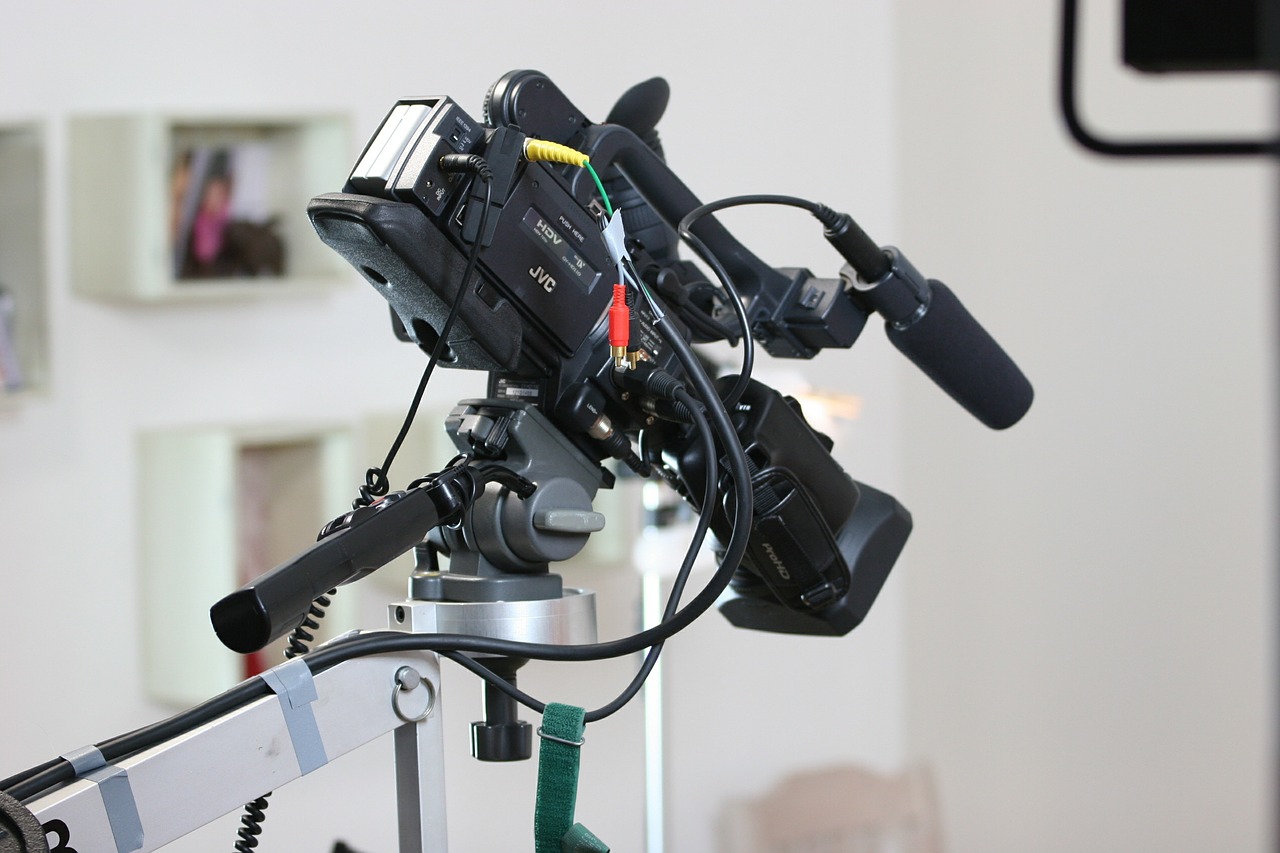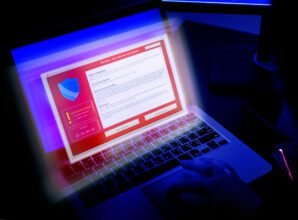Top Tips for Understanding Video – SDKs
- 1 Top Tips for Understanding Video – SDKs
- 1.1 How does DVR work?
- 1.2 How do I get my SDK to display my videos on my TV?
- 1.3 How do I edit my SDK recordings?
- 1.4 Can I preview my SDK recordings before using them on my computer?
- 1.5 What is a media storage device?
- 1.6 How can I add text to my videos?
- 1.7 How can I trim the video clip while editing it?
- 1.8 What is a recording artifact?
- 1.9 What is a synchronized image?
What is a digital video recorder? Digital video recorders or DVRs are devices that record still-shots or moving images using the media of digital cameras. It is easy to use and has many advantages over old-fashioned tapes and cassettes. Now you can watch your favourite videos on the Internet or DVD anytime without rewinding and replaying them. DVRs have a large storage capacity, better clarity, high resolution, and low cost. They also have a “live view” feature, which lets you see exactly what is being recorded even while playing.
Digital video recorders (DVRs) were initially invented in the 1960s for military purposes. With the advent of consumer electronic appliances, digital video recording equipment became popular and was used by both private individuals and professional photographers. Consumer products such as camcorders and HDTVs have incorporated DVR technology. Now, most people prefer to record video with DVRs because it can be easily manipulated and stored for future use.
Top Tips for Understanding Video – SDKs
How does DVR work?
Digital Video Recording is a high-quality digital imaging process that allows the capture, duplication and playback of digital content. The captured video or images are then stored in a computer hard drive. A digital video recorder is a small device that is usually powered on through a USB port or an electricity plug. Some modern DVR models are available with built-in miniature cameras.
How do I get my SDK to display my videos on my TV?
In order to use your SDK to watch your digital recordings, you will need to download and install software that converts the SDK into a digital format that can be read by PC or laptop computers. Most PC laptops have built-in conversion software. You will also need a modern TV set that can receive digital signals from a digital video recorder’s card. Digital video recorders also have an interface port that can connect to a TV set.
How do I edit my SDK recordings?
There are software programs that allow you to make a copy or edit your video recordings. These programs can be purchased, or they can be downloaded from the Internet. You can also make copies of your recordings on an SD card and save them to an external hard drive.
Can I preview my SDK recordings before using them on my computer?
Yes, you can preview your recordings. Previewing the videos allows you to check the colours, contrast and other aspects of the video before using them on your computer screen. This is very important, especially if you use your computer to make copies of your recordings on an external hard drive. You can also preview the video by connecting your computer to an online computer storage service such as cloud computing. Cloud computing stores data on the computers of users like you so you can preview your videos without downloading them. You should consider trying out Ziggeo to best help you in your video SDK needs.
What is a media storage device?
Media storage devices include memory sticks, external hard drives, digital cameras, camcorders, and USB flash drives. Some of these devices have different purposes, but they basically serve the same purpose – to store your SDK recordings.
How can I add text to my videos?
Adding text to your SDK recordings is very easy. Just use the tools in your video editing program to add text. Here are the top tips for understanding video – SDKs.
How can I trim the video clip while editing it?
When you record a video, you need to be aware of the length of the video file. This is because many programs record in a short length. To trim the video, you can use your editing software’s trim tool. To learn more about this, check out this video tutorial on how to use Adobe’s trim tool.
What is a recording artifact?
If you watch a lot of videos, then you might have noticed that some videos look too “staged” or well-edited. This is due to the way the camera captures information and displays it on the screen. The film tends to look too clean, whereas digital video tends to look a little fuzzy or with red-eye. You can correct this by adjusting the settings of your video recorder or editing software.
What is a synchronized image?
A synchronized image (or SIP) is a video or audio stream that has been split into several small clips. SIPs are commonly used for synchronized video, though they can be applied to any type of recording. If you’re interested in learning more about SIPs and other helpful tips for understanding SDIs, check out this video tutorial on editing SDIs. SIP editing is a great way to fix cropping or other technical problems associated with video recordings.

















